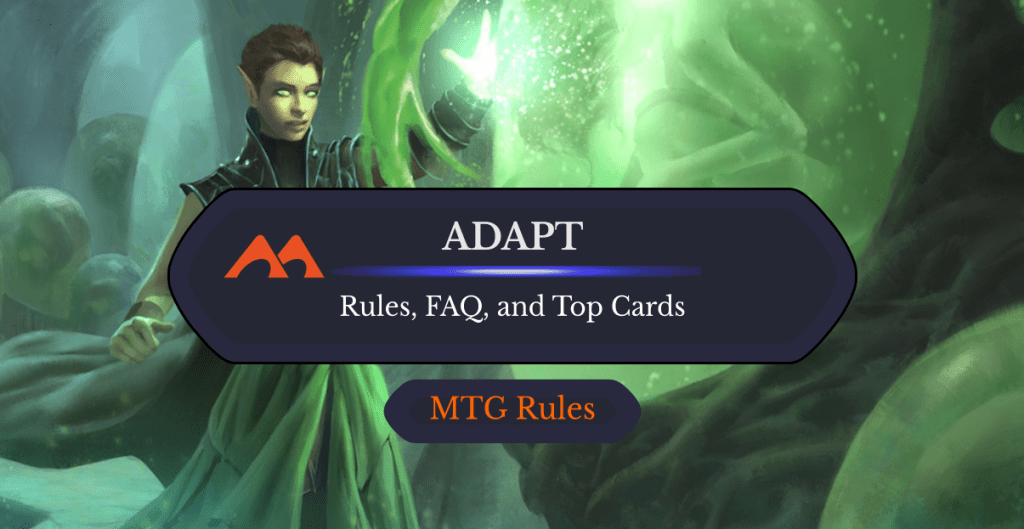
Incubation Druid | Illustration by Daniel Ljunggren
Adapt is different from evolve, which is different from mutate in MTG. They’re also different in real life, but in the fantasy gaming space, they all sort of point towards the same thing: the idea that the creature in play can change for the better in some way.
Adapt is a pretty niche mechanic in that list, with only about a dozen cards, but there are some cool build-arounds that have made their mark in 60-card formats over the years.
Let’s dive into how adapt mechanic works and which of its cards you might want to play.
How Does Adapt Work?
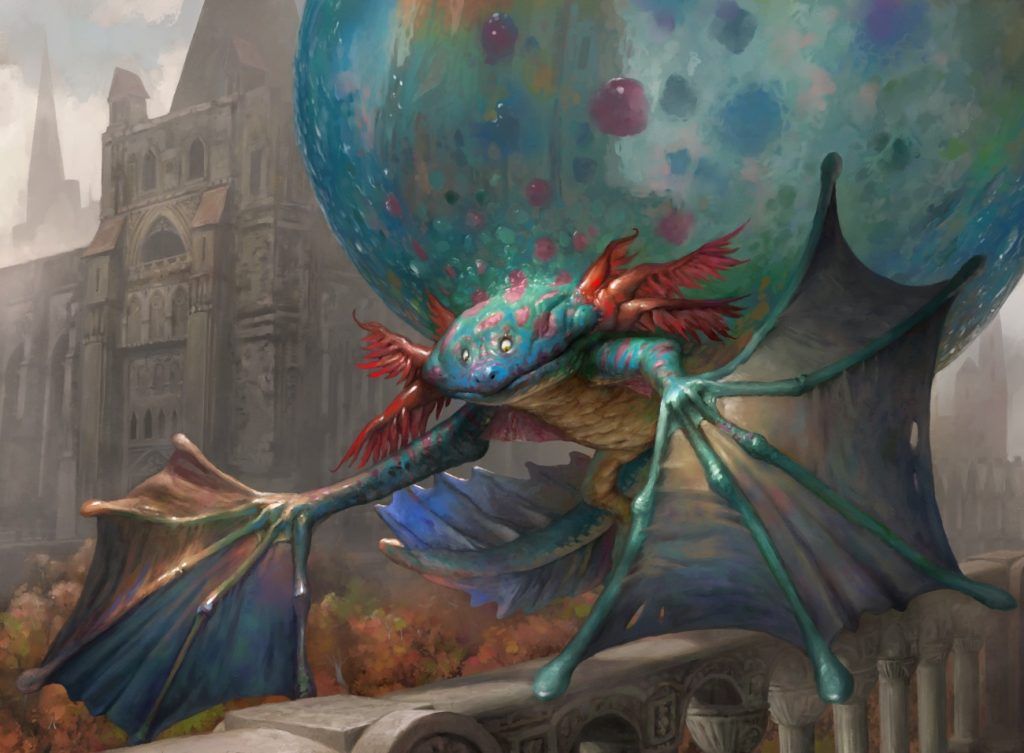
Pteramander | Illustration by Simon Dominic
Adapt adds +1/+1 counters to a creature… sometimes. Adapt is a keyword action on creatures. There’s an activation cost, which ranges from 2 to 8 in various combinations in the Simic () family. When that’s paid, the rules text for adapt takes over: “If this creature has no +1/+1 counters on it, put a +1/+1 counter on it.”
When the cost is paid and the ability resolves, there’s a check if there are +1/+1 counters on the card. If there aren’t, the specified number of counters in the “adapt X” line of text are placed on the creature.
Note that this goes on the stack, so an opponent can kill a creature before the counters land on it in response. It also means that an opponent could put a counter on the creature with an instant speed spell like Burst of Strength to fizzle the counters. This seems counter-intuitive (insert smiley emoji!), but you could imagine it as a desperate play to stop a Sauroform Hybrid from getting too large.
The History of Adapt in MTG
Adapt first appeared on twelve cards in Ravnica Allegiance in 2019, all in the Simic colors. Two of those cards have been reprinted in Commander products. It has also since shown up on one card in Modern Horizons 2 and a card in the Transformers booster insert for The Brothers’ War. This is definitely a niche keyword that isn’t evergreen.
Adapt vs. Monstrous
Adapt and monstrous work very differently, although it seems that adapt is an adjusted form of monstrous that synergizes with Simic. Adapt adds counters to a counter-less creature. Monstrous checks whether a creature is monstrous, and then adds counters and makes the creature monstrous if it isn’t.
I can make my creature with monstrous become monstrous regardless of whether there are already counters from some other effect. But if I’ve made my Stoneshock Giant monstrous and then remove the counters with Bioshift, I can’t activate the monstrous ability again because the creature is still monstrous after the transformation, regardless of the number of counters.
But if I Bioshift the counters off my Benthic Biomancer, I can adapt it again to get the card draw.
Can You Adapt More Than Once?
Yes, but you have to have moved the counters off the creature first. The exception is Biomancer's Familiar, which has a tap ability to allow you to adapt a creature that already has counters.
Is Adapt an Activated Ability?
Yes. Most keyword abilities aren’t activated abilities, but adapt and monstrous both fit the formula of cost: effect that make them both.
Do Counter Doublers Work with Adapt?
Yes, but in different ways. Doubling Season works the way you’d want if you activate an adapt ability with it in play. Vorel of the Hull Clade also works the way you want if your already adapted creature is in play with its counters. But a card like Invigorating Surge can be a problem if used at the wrong time, as adding the counters with it prevents a card from adapting.
Gallery and List of Adapt Cards
- Aeromunculus
- Benthic Biomancer
- Growth-Chamber Guardian
- Incubation Druid
- Jetfire, Ingenious Scientist / Jetfire, Air Guardian
- Knighted Myr
- Pteramander
- Sauroform Hybrid
- Scuttlegator
- Sharktocrab
- Skatewing Spy
- Skitter Eel
- Trollbred Guardian
- Zegana, Utopian Speaker
Best Adapt Cards
First, a special shout-out to Simic all-stars that play well with adapt, Simic Ascendancy and Biomancer's Familiar.
#5. Growth-Chamber Guardian + Pteramander
Unplayable in Commander, Growth-Chamber Guardian headlined a number of Simic and Selesnya () counters decks in Standard when Ravnica Allegiance first dropped, soon to be displaced. Pteramander fared a bit better as a key part of mono-blue tempo decks, including the one piloted by Autumn Burchett to great success. Not great outside of that deck at that time, “Pterriblemander,” as Luis-Scortt Vargas tends to call it in his Arena Cube draft streams, doesn’t see much EDH play.
#4. Jetfire, Ingenious Scientist / Jetfire, Air Guardian
This tends to see play in Optimus Prime, Hero / Optimus Prime, Autobot Leader Commander decks, maybe out of obligation as much as anything? Jetfire, Ingenious Scientist does work as a kind of nonoptimized blue artifacts mana combo, but having to flip it to the underwhelming Jetfire, Air Guardian seems sad.
#3. Zegana, Utopian Speaker
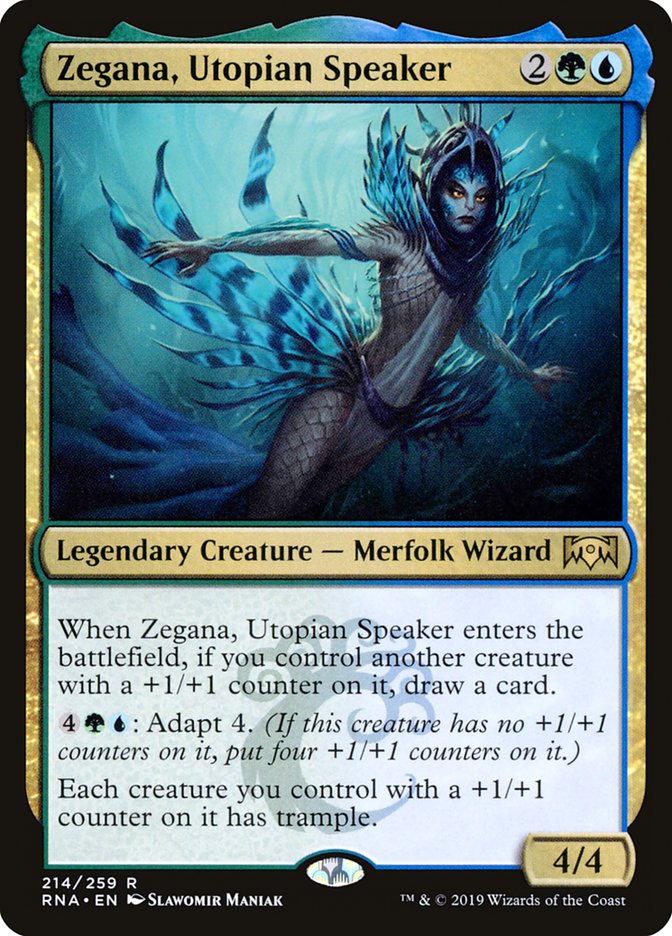
Zegana, Utopian Speaker is a decent include in Simic counters Commander decks. It draws a card in those decks and grants trample. It’s especially good in Kumena, Tyrant of Orazca Simic merfolk.
#2. Benthic Biomancer
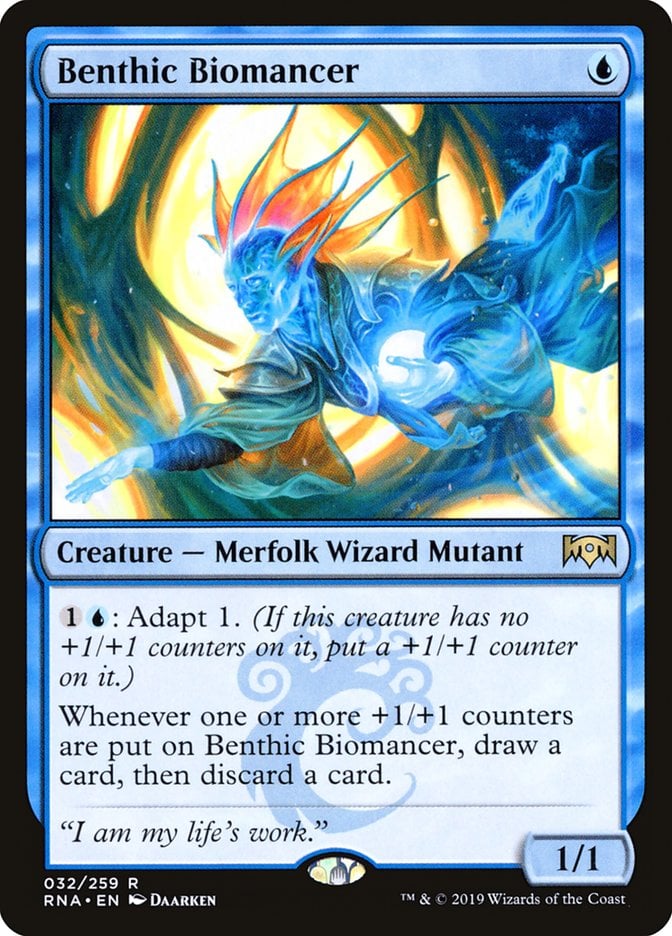
Another merfolk all-star, Benthic Biomancer goes in more decks, including counter shenanigan decks like Chisei, Heart of Oceans or Goldberry, River-Daughter.
#1. Incubation Druid
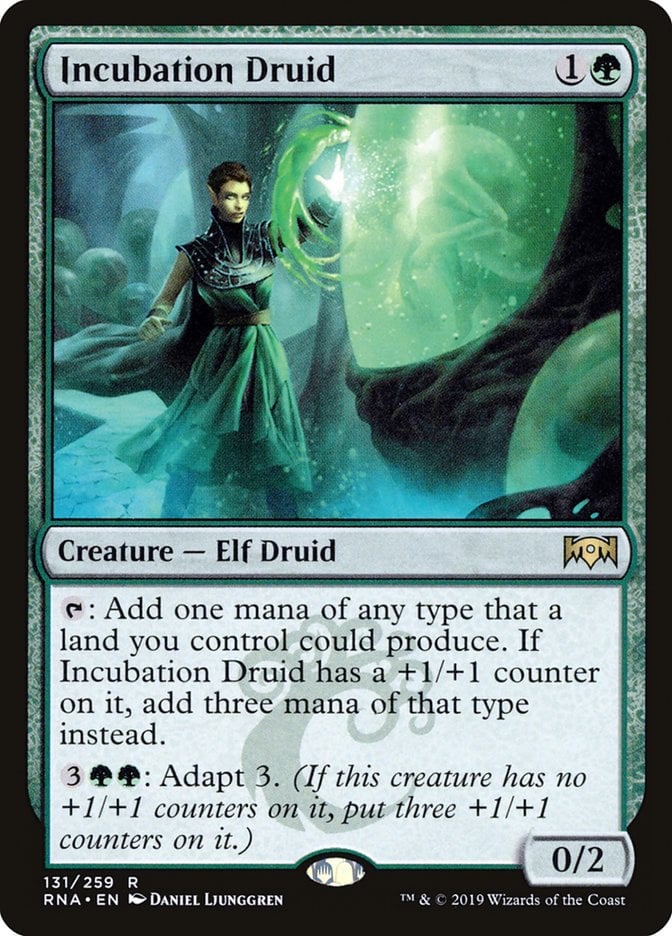
Played in a huge number of EDH decks, Incubation Druid is ramp card that can eventually double as a beater with even more ramp! Especially nice if you can drop an early counter on it, it’s one of the rare 2-drop mana dorks you want to sleeve up.
Decklist: Simic Climb in Historic
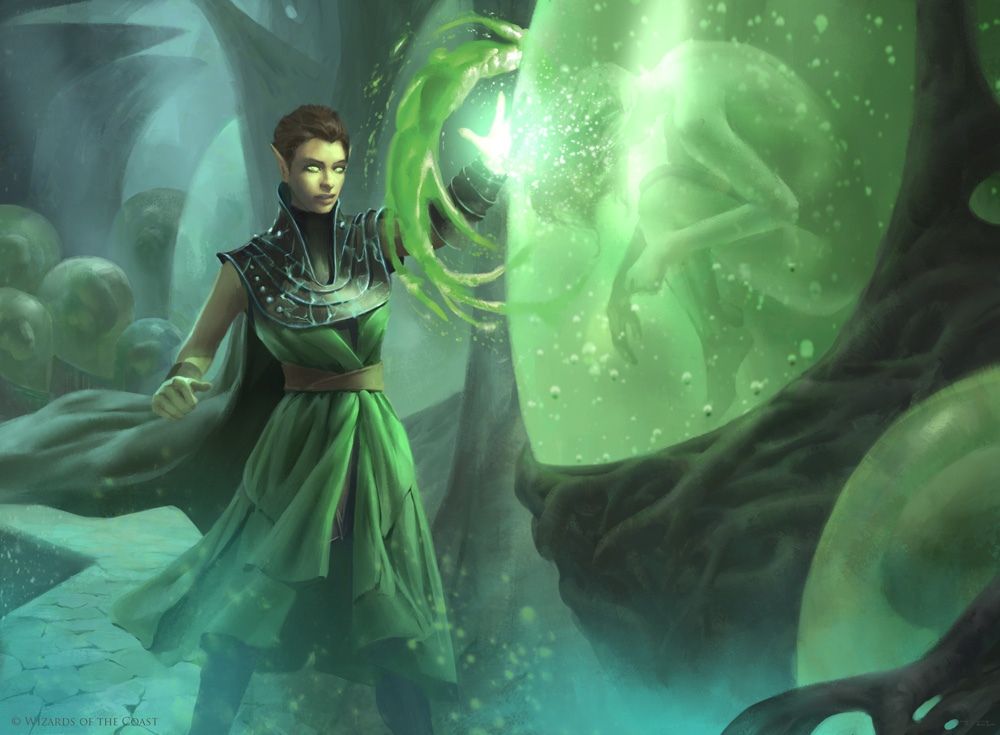
Incubation Druid | Illustration by Daniel Ljunggren
Creatures (28)
Llanowar Elves x4
Wildgrowth Walker x4
Merfolk Branchwalker x4
Jadelight Ranger x4
Growth-Chamber Guardian x4
Incubation Druid x4
Pollenbright Druid x2
Merfolk Skydiver x2
Instants (8)
Collected Company x4
Serum Snare x4
Enchantments (2)
Hadana's Climb / Winged Temple of Orazca x2
Lands (22)
Barkchannel Pathway / Tidechannel Pathway x2
Boseiju, Who Endures
Botanical Sanctum x4
Breeding Pool x4
Forest x3
Hinterland Harbor x4
Island
Otawara, Soaring City
Restless Vinestalk x2
In case you played a lot of Ixalan draft on Arena and have those rares lying around, this is an updated version of the old Simic Climb decks from 2019 that used adapt cards, explore cards, and Hadana's Climb / Winged Temple of Orazca as an occasional finisher. I’ve added some updated lands, some proliferate-based interaction in Serum Snare, and of course, Collected Company. I’ve also removed Hydroid Krasis as a classic finisher, first because of Company and second because it’s too slow (doesn’t that make your heart weep if you’ve played this game longer than two years?).
Note that this deck isn’t good anymore! I’ve lost to versions of this deck when playing Izzet wizards, and it can be explosive. But it just doesn’t keep up with the decks that can win on turn 3 or 4 in the format. But if you already have the cards, it’s a fun blast from the past. Especially if your definition of fun is watching your opponent hover over cards to see what the heck they are!
Wrap Up

Zegana, Utopian Speaker | Illustration by Ekaterina Burmak
I’d love to see this mechanic return. There are interesting interactions possible with it, and I think monstrous is likely a mechanic we’ll never see again, as it almost does an Alchemy move on the card, altering it without any sign, like flipping it over or adding a counter.
But there’s design space for that kind of cost: effect ability in contrast to the non-keyworded pay a bunch of mana for one counter on a common we see on cards like Unholy Officiant. I don’t think we’d have interesting cards like Tolarian Terror without Pteramander, which served a similar function as a big beater that’s cost reduced by spells in the graveyard in blue tempo decks of its time. And if we’re going to see more cards that move counters printed, this is an especially fun space to play.
How about you? Any good adapt decks you loved or are still tryharding on Arena? Would you like to see it return? Let me know in the comments or on Discord!
Thanks for reading and take care!
Follow Draftsim for awesome articles and set updates:
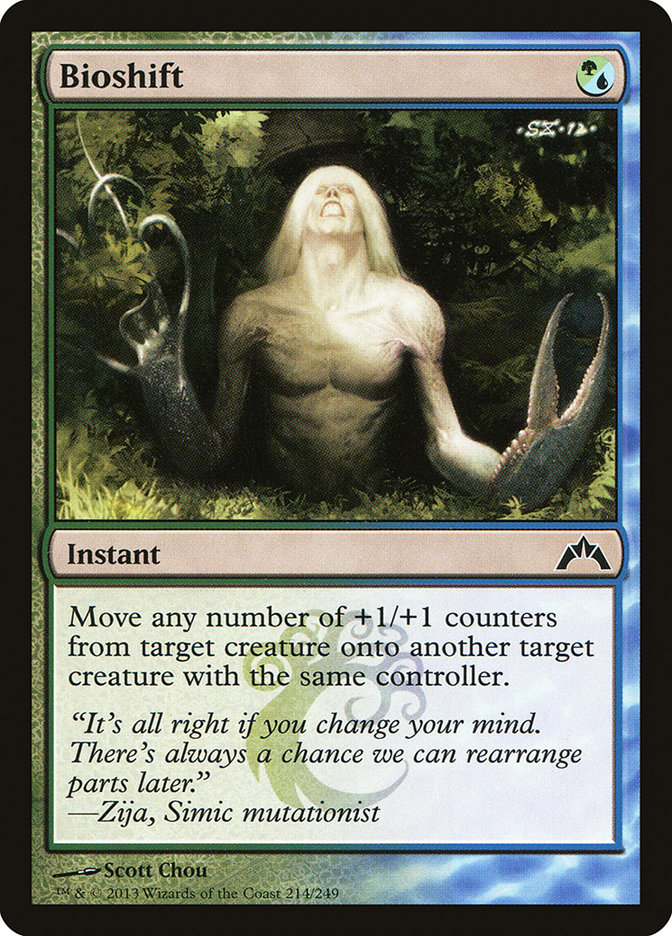



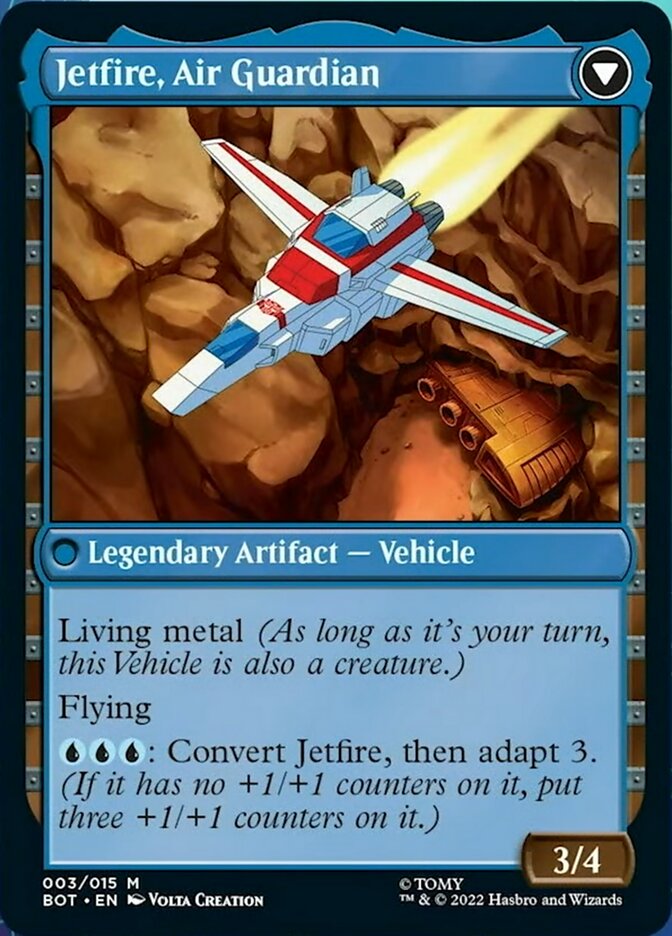
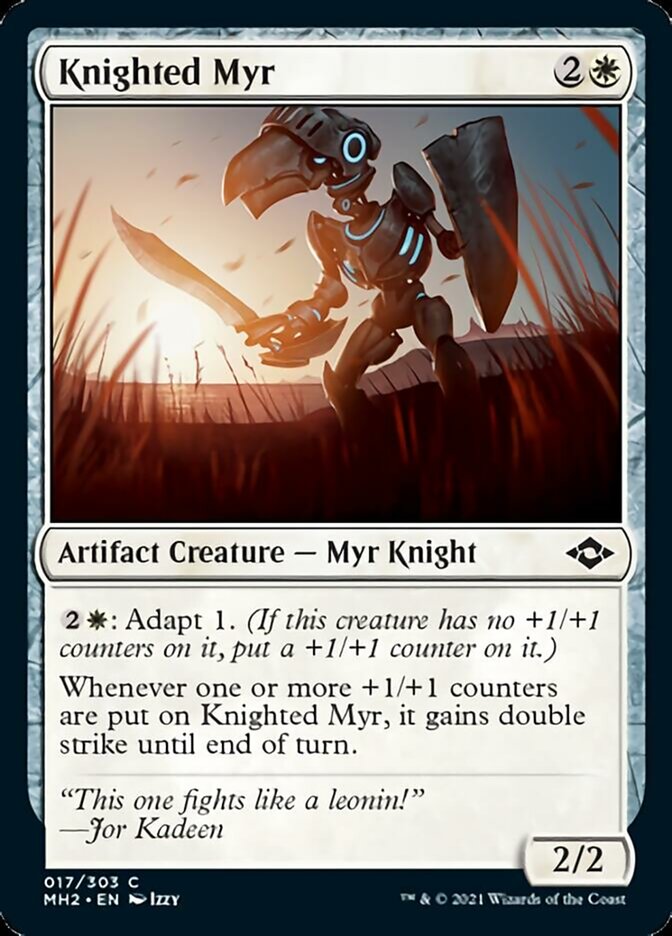
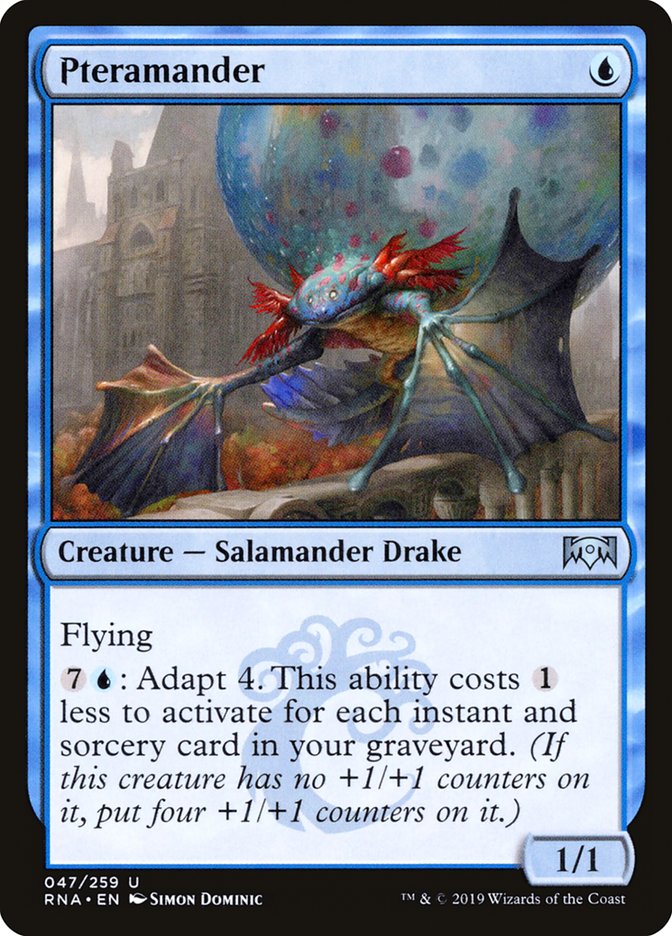

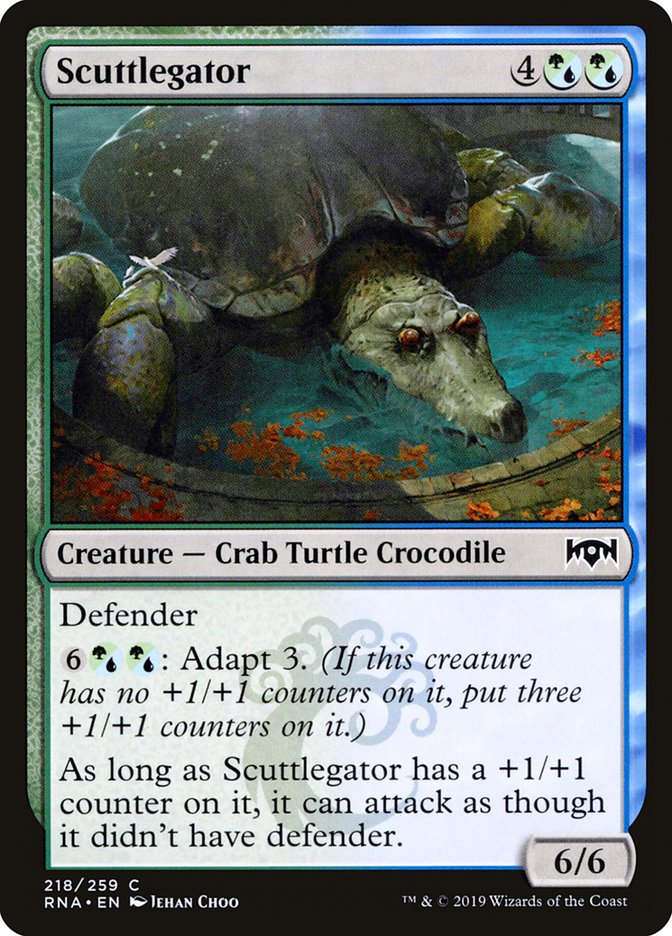
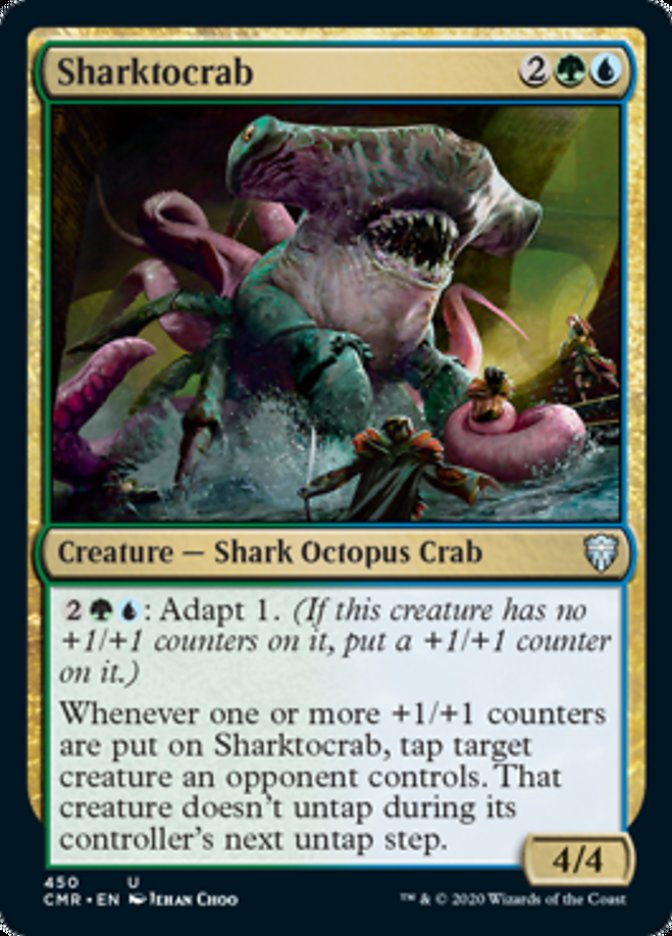
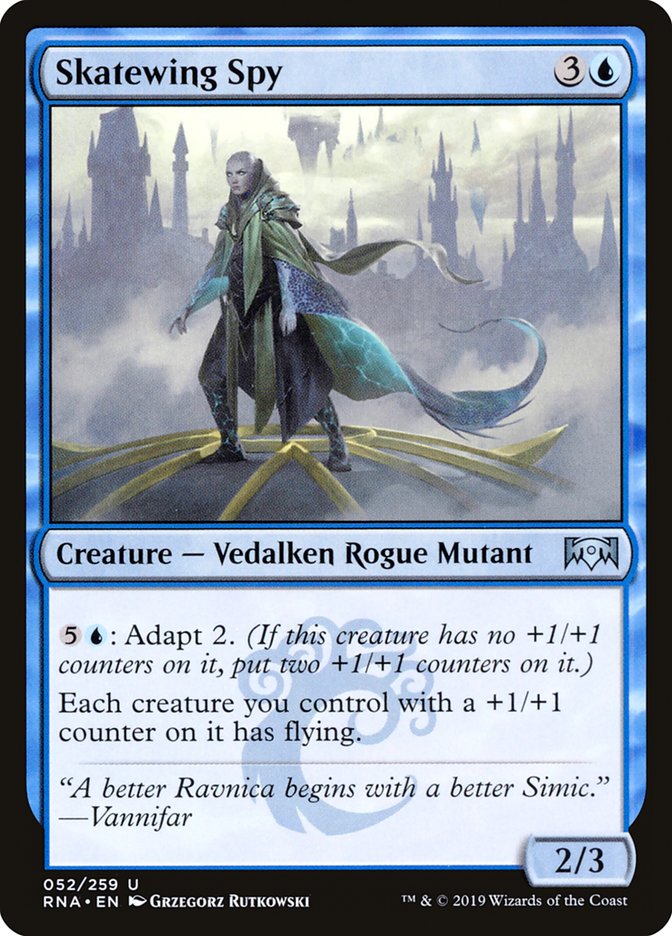
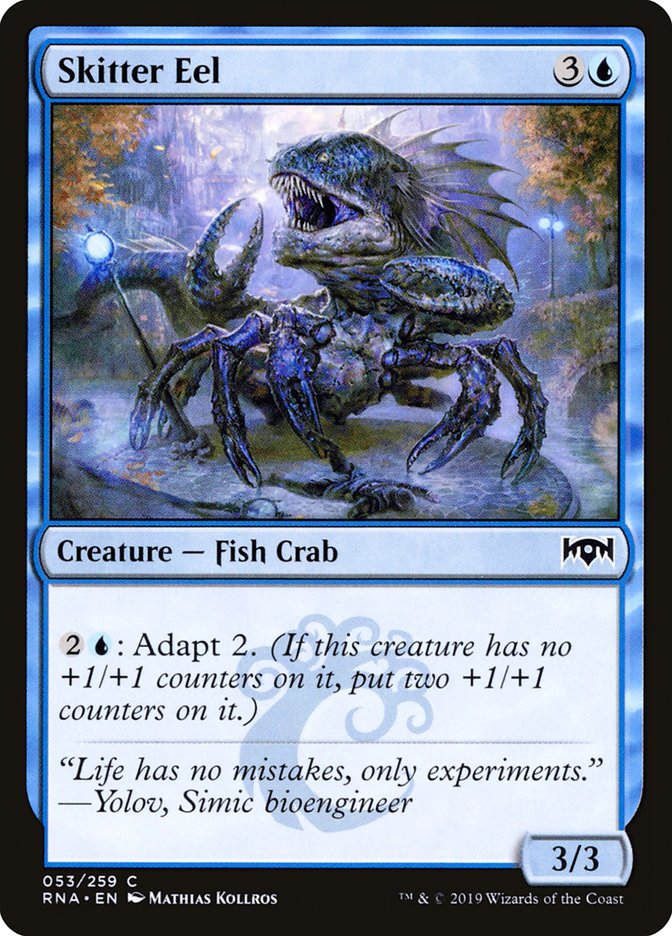

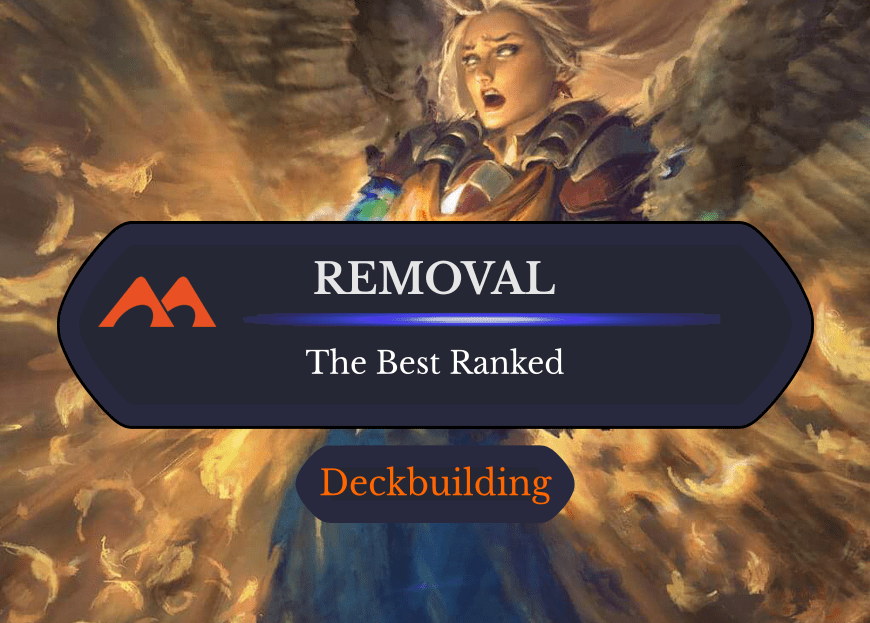

Add Comment